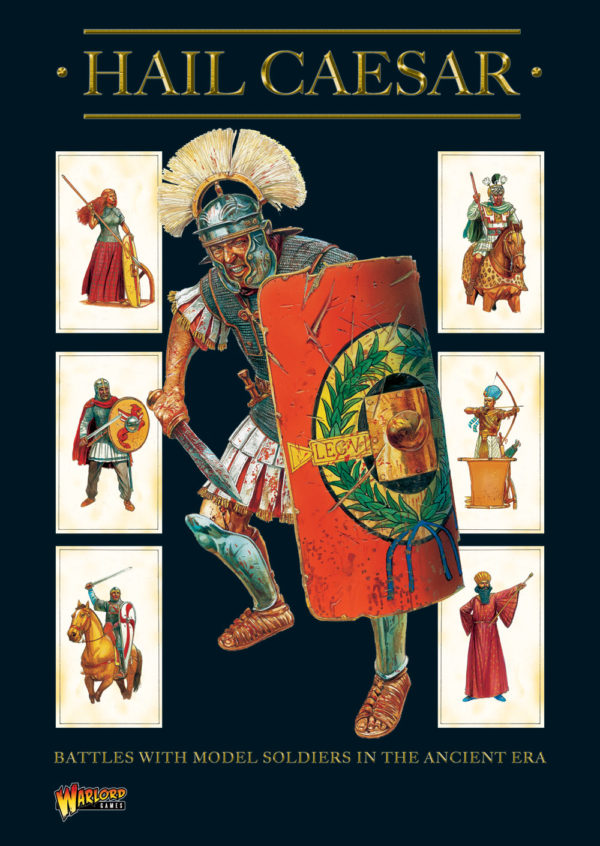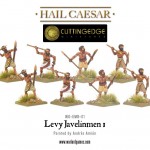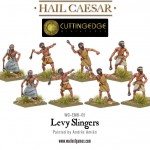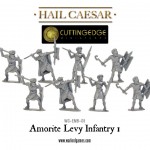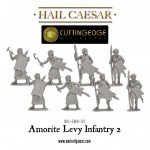We continue our look into some of the recent additions to our Hail Caesar range…this week, Peter Womack of Cutting Edge Miniatures takes us through the Sumerians and Early Syrian City-states…
 The term “Sumerian” was given to the ancient non-Semitic inhabitants of Mesopotomia by the Semitic Akkadians who lived to the north of the southern Sumerian cities between the Rivers Euphrates and Tigris.
The term “Sumerian” was given to the ancient non-Semitic inhabitants of Mesopotomia by the Semitic Akkadians who lived to the north of the southern Sumerian cities between the Rivers Euphrates and Tigris.
The period of these armies begin in c.3000 BCE, at the start of the Early Bronze Age Dynastic period, and ends in c.2300 BCE when the classical Sumerian city-states were conquered by the Akkadian Empire.
This is the beginning period of the warring city-states between such cities as Uruk, Ur, Lagash, Umma, Larsa, Eridu & Kish in Sumer, and Mari & Ebla in Syria.
The first King as evidenced by archaeology is Enmebaragezi of Kish, whose name is also mentioned in the Epic of Gilgamesh, which suggests that Gilgamesh himself might have been a real historical King of Uruk.The period saw the emergence of walled cities as conflict between the city-states intensified.
The Dynasty of Lagash, founded by Eannatum c.2500 – c.2270 BCE annexed most of Sumer, including Kish, Uruk, Ur and Larsa; and reduced even its arch-rival, Umma, to a tribute state. The “Stele of Vultures” depicts the supremacy of the Lagash Dynasty of Eannatum.
After the collapse of Lagash the next city-state to dominate the region was that of Umma, under King Lugal-Zage-Si, who conquered Uruk, made it the capital and claimed an empire from the Persian Gulf to the Mediterranean. He was the last ethnically Sumerian King before the Semitic, Sargon of Akkad conquered the region.
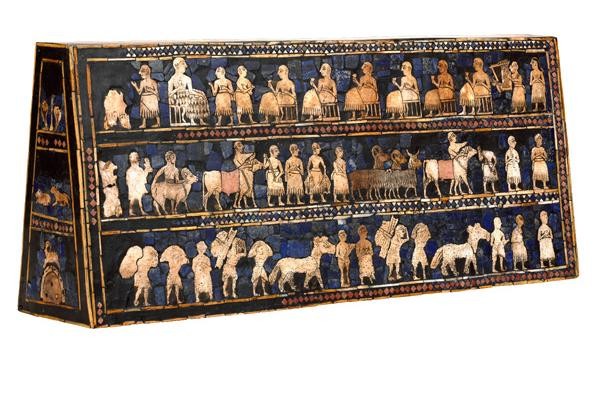
Shown above is an extract from the “Battle Standard of Ur” which depicts early Sumerian Spearmen and Battle Wagons c. 2500 BCE.
Armies of the warring city-states period were composed of a core force of long-spearmen with the front rank either with shields, or as shown at Ur, wearing a thick cloak with copper studs for protection. Elite or Guard troops with 2-handed axes would also be present in battles along with a small number of 4-equid Battle Wagons that would perhaps be used to pursue the enemy once the spearmen and close order archers had broken the centre. Skirmishers carrying a light bow, javelin or sling would also have been used on the flanks of the battle-line or in rough terrain.
Early Syrian city-state armies (Mari and Ebla) were composed of regular troops, as in Sumer, but also an increasing number of Nomadic Martu or Amorite elements. Use the Levy Javelinmen, Levy Archers, Levy Slingers and Amorite Levy Infantry for the Nomadic irregulars in Early Syrian armies.
If you’re new to wargaming in the ancient period, head over to the Hail Caesar section, where we have a ever-growing library of articles to help – with historical information, hobby guides, and a near-constant stream of new releases!
